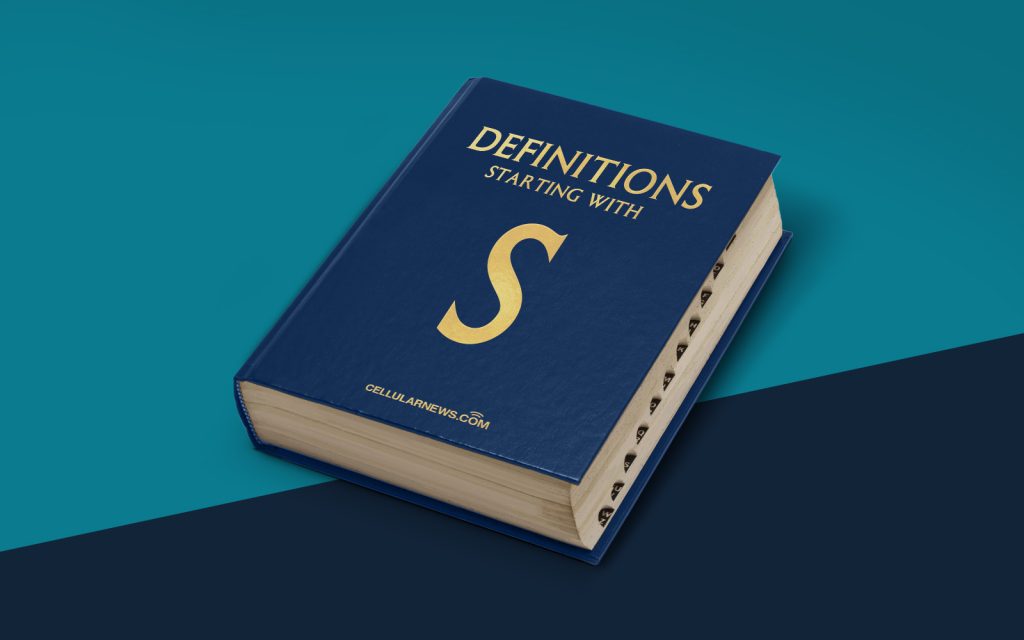
Introduction: Understanding the Intricate World of Serifs
If you’ve ever glanced at a piece of text and noticed small features at the end of each letter, you’ve encountered a serif. But what are serifs, really? In this article, we delve into the enchanting world of serifs, exploring their origins, characteristics, and their impact on design.
Key Takeaways:
- Serifs are small decorative strokes at the end of letterforms that enhance readability and add a touch of sophistication to text.
- There are different types of serifs, from the traditional and elegant to the modern and quirky, each with its unique characteristics and applications.
The Tale of Serifs: Origins and Evolution
To understand the essence of serifs, we must go back in time. Serifs have a rich history that dates back to ancient civilizations. The Egyptians were one of the first to introduce these small strokes as they chiseled letters into stone. The purpose? To prevent the letters from chipping off and to create a harmonious flow of text.
Since then, serifs have undergone a remarkable evolution, embracing various styles and adaptations. From the classic elegance of Roman serifs to the playful and quirky nature of Modern serifs, they have become a staple in typography and design.
The Characteristics of Serifs: Small Details with a Profound Impact
Serifs may be small, but their impact on typography is significant. Here are some key characteristics that make serifs so fascinating:
- Enhanced Readability: Serifs play a vital role in improving the legibility of text, especially in printed materials. The presence of serifs helps guide the reader’s eyes along the text, allowing for a smoother reading experience.
- Visual Hierarchy and Contrast: Serifs help create a visual hierarchy within a text, allowing readers to distinguish between different parts of a word or sentence. Their presence adds contrast and aids in organizing information effectively.
- Personality and Sophistication: Serifs are often associated with a sense of tradition, elegance, and refinement. Their presence can give text a touch of class and evoke a particular mood or style.
Exploring Different Types of Serifs
Not all serifs are created equal – there is a wide array of serif typefaces, each with its own unique characteristics and style:
1. Times New Roman
Times New Roman is a classic example of a serif font. Its timeless elegance makes it a popular choice in printed materials, formal documents, and professional settings.
2. Georgia
Georgia is a modern serif font that offers a blend of traditional and contemporary elements. It is widely used for web design and digital content, as it maintains legibility even on lower resolution screens.
3. Baskerville
Baskerville is a well-known serif typeface that exudes sophistication and elegance. It is often used in high-end publications and luxury branding to convey a sense of refined taste.
4. Garamond
Garamond is a classic serif font known for its timeless beauty and readability. Its delicate strokes and proportions make it an excellent choice for book typography and long-form content.
Conclusion: The Magic of Serifs Unveiled
Serifs may seem like small, inconspicuous details, but their impact on typography and design is far from negligible. These delicate strokes enhance readability, create visual hierarchy, and add a touch of sophistication to text. Whether you’re working on a website, a newspaper, or any printed material, understanding the world of serifs allows you to make informed choices, optimize legibility, and convey the right mood or style. Embrace the magic of serifs, and let your words come alive!
